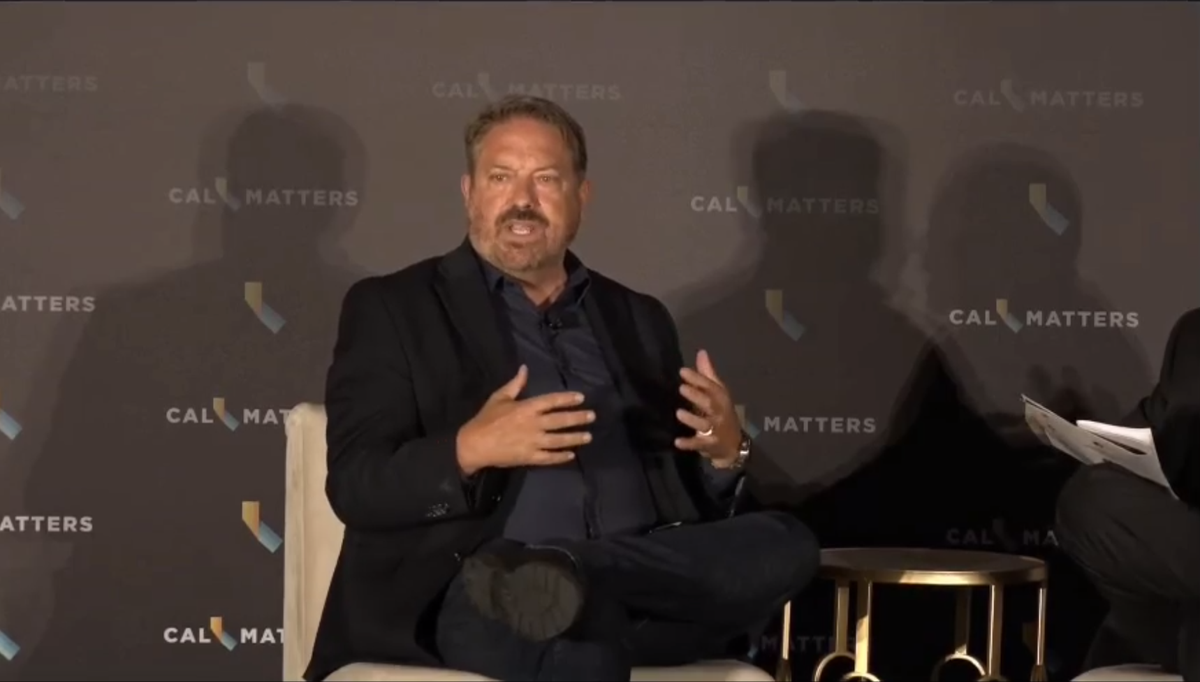
ACP
“You can’t sugar coat it… Its absence will be felt here,” state official says

 Screenshot of Scott Adams, deputy director of Broadband and Digital Literacy at the California Department of Technology, speaking at today’s California Broadband Summit
Screenshot of Scott Adams, deputy director of Broadband and Digital Literacy at the California Department of Technology, speaking at today’s California Broadband Summit
SACRAMENTO, June 5, 2024 – A California technology department official joined the CalMatters and Broadband Breakfast Summit on Wednesday to discuss the state’s plans to close the digital divide through other available programs since the end of the Affordable Connectivity Program last Friday.
“The Affordable Connectivity Program was really one of the most significant digital divide programs that we’ve seen in a long time… Its absence will be felt here,” said Scott Adams, deputy director of Broadband and Digital Literacy at the California Department of Technology.
ACP provided a $30 monthly discount on the internet bills of low-income households. The May benefit was $14 as the ACP did not have the funds to pay for a full month. The ACP ended on May 31 after Congress failed to provide new money.
According to Adams, of the 23 million households that benefited from ACP, almost 3 million came from California. Through the California Broadband Council and other local organizations, the state secured just under $1.7 billion in ACP subsidies for low-income households.
ACP also helped expand the state’s existing programs under the California’s Broadband For All action plan. Adams reported that 15 entities across California received over $6 million in ACP outreach grants to promote ACP enrollment.
Despite losing critical ACP support, the department has built a “social network” with collaborative partners to continue the work of affordability and adoption, with greater reliance on existing low-cost service options.” He added that his department is looking at “all options,” but particularly the status and health of state and local lifeline programs.
Adams said these existing programs have posed both opportunities and challenges for continuing the momentum of ACP, because they typically have lower provider participation.
Despite a forward-thinking attitude, Adams acknowledged that losing ACP is like the loss of an arrow in their proverbial quiver.
“You can’t sugar coat it, [ACP has] been one of the most important tools for the state and the Broadband For All program to address both the affordability… and to drive adoption,” Adams said.
